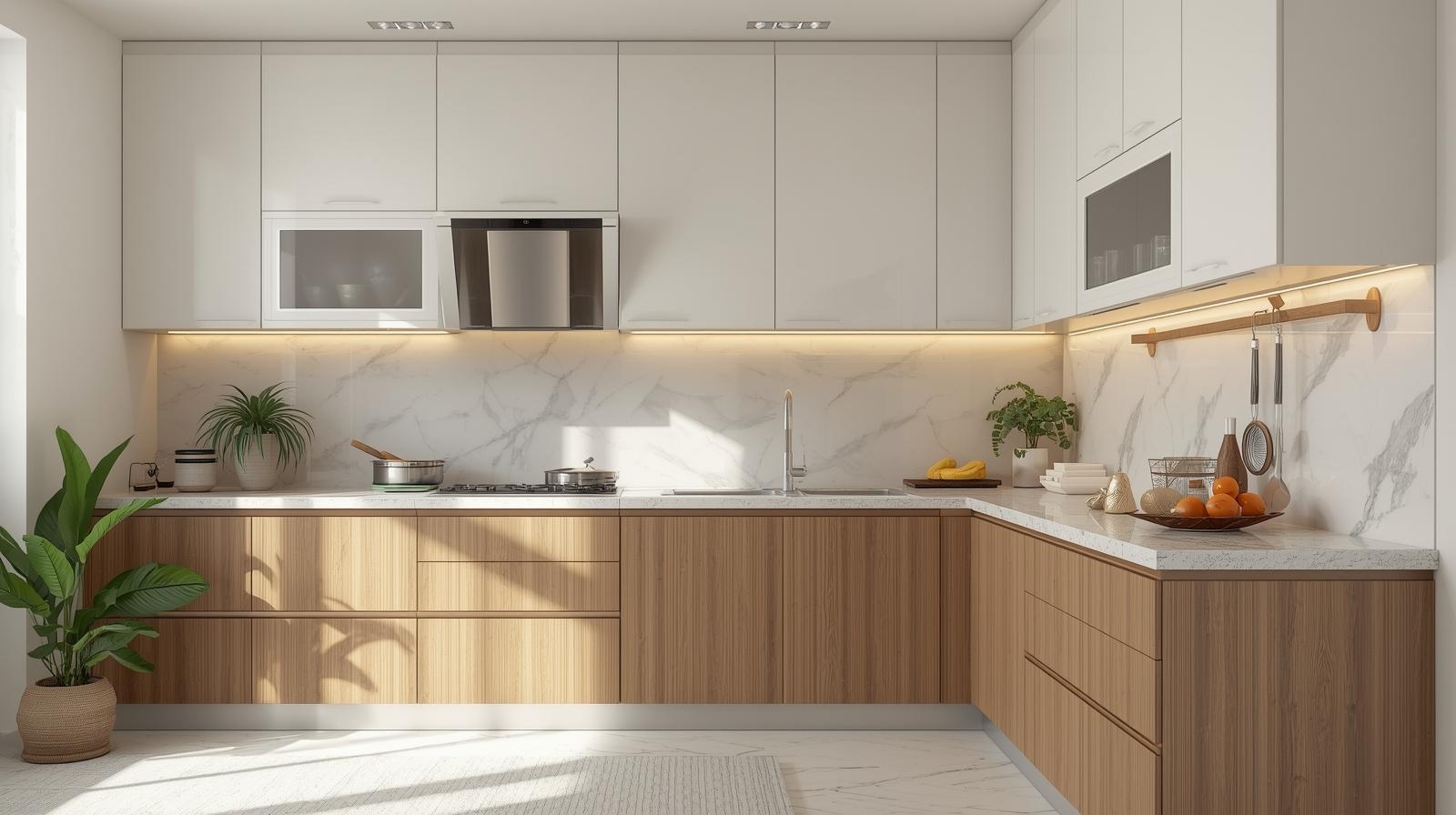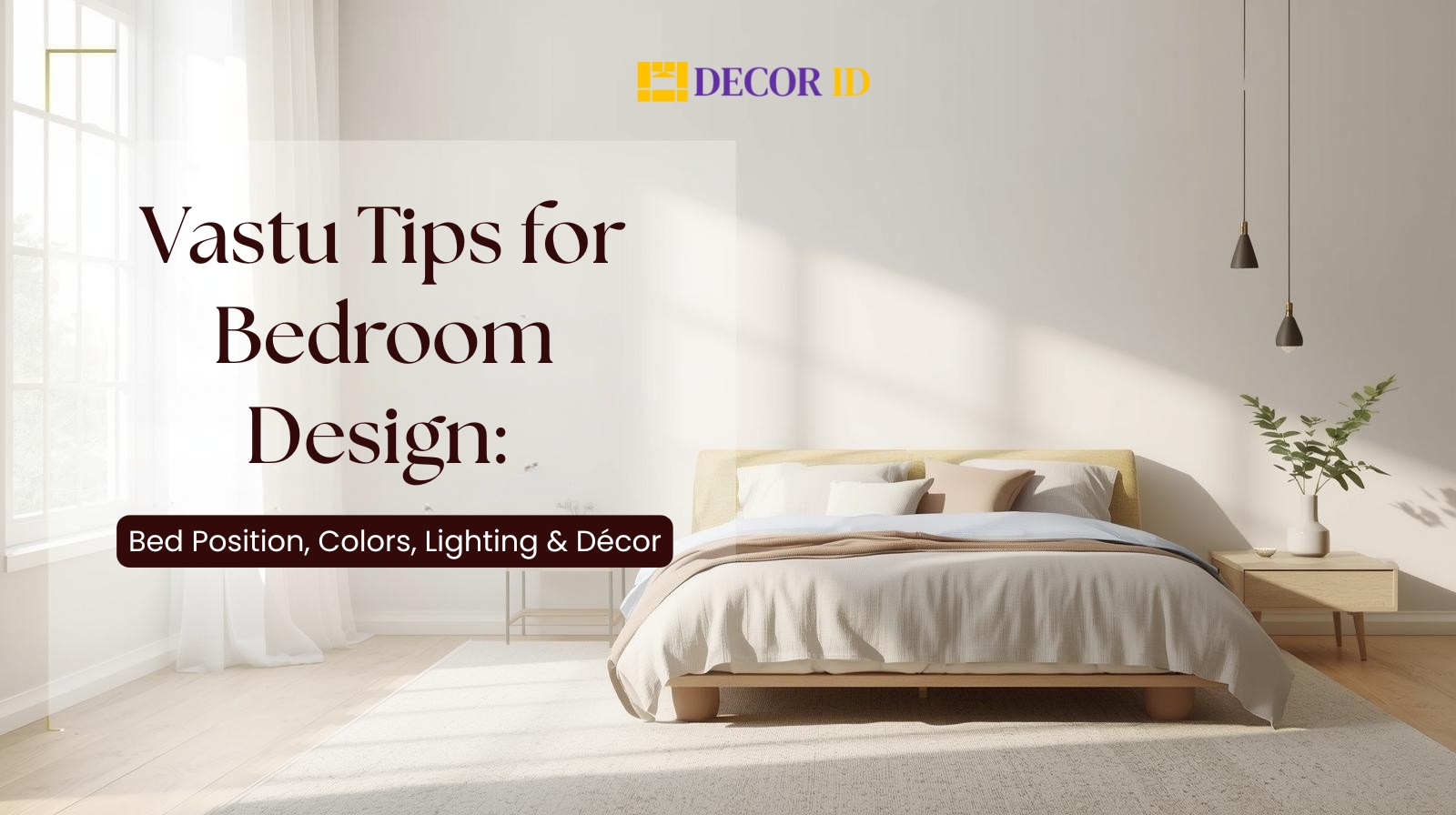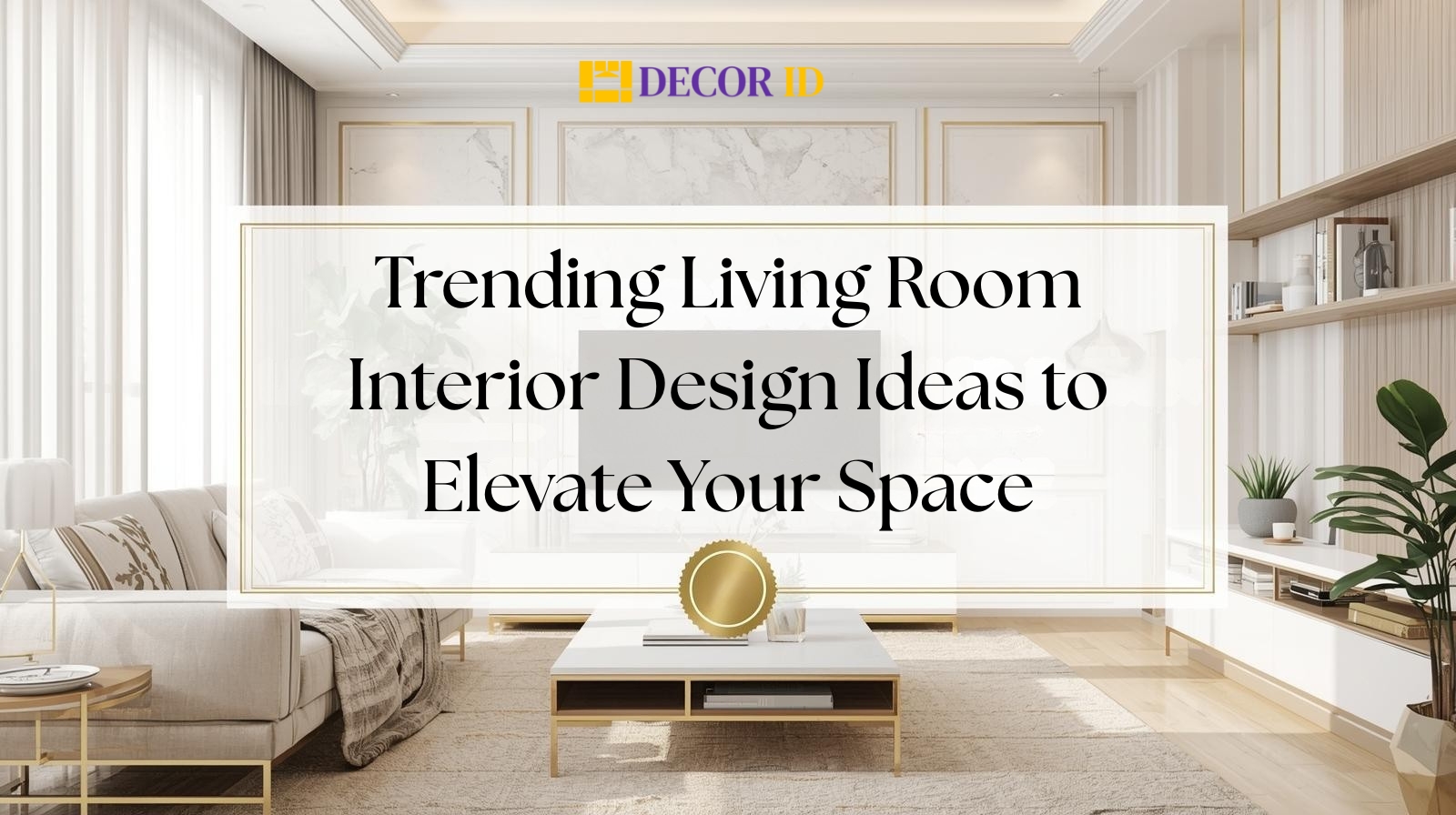Designing a luxury home is an exciting journey, but even the most elegant spaces can lose their charm if certain design principles are overlooked. A luxurious residence isn’t defined solely by expensive furniture or premium finishes—it’s about achieving harmony, comfort, and functionality. However, many homeowners unknowingly commit interior design mistakes in luxury homes that undermine the true essence of sophistication. From misjudging lighting and ignoring proportions to neglecting spatial flow, these common luxury home design errors can transform an opulent space into one that feels unbalanced and impractical.
Here are the top 5 interior design mistakes to avoid if you want your luxury home to truly stand out.
1. Ignoring Spatial Planning and Proportion
A common pitfall in luxury home interiors is poor space management. Luxury is often equated with “more,” but a larger space doesn’t automatically translate to better design.
Why Proportion Matters
Luxury homes thrive on balance and proportion. Oversized furniture in a modest living room or too many décor items can overwhelm the space. Similarly, placing small pieces in a grand room makes the interiors look unfinished. The goal is to maintain visual harmony—each room should breathe while maintaining aesthetic unity.
Practical Example:
A 500-square-foot living room may look empty with minimal furniture, while excessive seating can clutter movement. Designers often rely on the 60–30–10 rule:
- 60% of the space is dominated by a primary color or texture,
- 30% by secondary elements, and
- 10% by accents or highlights.
This ensures visual balance without compromising elegance.
Pro Tip:
Use scale diagrams before purchasing furniture. Professionals from an experienced interior design company often use 3D software to visualize the flow and proportion of elements in a room before execution.

2. Overlooking Natural and Artificial Lighting
Lighting defines mood, depth, and functionality. Yet, it’s one of the most neglected aspects in luxury interiors.
The Importance of Layered Lighting
Lighting should enhance architecture, not overpower it. A well-designed luxury home uses three layers of light:
- Ambient lighting: the general illumination for the entire room
- Task lighting: focused light for specific areas (reading corners, dressing mirrors)
- Accent lighting: highlights art, architectural details, or textures
Ignoring any of these layers can make your interiors look flat and uninviting.
Case in Point:
According to a 2024 interior design trend report in India, 70% of luxury homeowners regret not investing in layered lighting. Well-planned lighting can increase perceived space by up to 20%.
Natural Light Integration
Maximizing natural light brings warmth and a sense of openness. Designers often use reflective materials like mirrors, glass partitions, and light-colored walls to amplify sunlight. Curtains and blinds should complement—not block—natural brightness.

3. Choosing Style Over Functionality
Aesthetics are important, but function defines long-term satisfaction. A visually stunning living room that lacks comfortable seating or a grand kitchen that’s inconvenient to work in doesn’t qualify as luxury—it’s impractical indulgence.
The Balance Between Beauty and Utility
The best interior design company in India emphasizes that every design element must serve a purpose. From furniture layout to storage design, functionality should guide aesthetic decisions. For instance:
- In luxury kitchens, concealed storage ensures a clutter-free appearance.
- In bedrooms, smart lighting and ergonomic furniture enhance comfort.
- In living rooms, versatile furniture and defined zones make the space more interactive.
Real-World Example
In Mumbai, a luxury apartment remodel failed to meet client expectations because marble flooring—though beautiful—became slippery and difficult to maintain in humid conditions. The redesign replaced it with textured stone, blending elegance with safety.
Tip:
Always prioritize usability. Work with professionals from a reputable interior design company who can align luxury materials with lifestyle needs.

4. Neglecting Material Quality and Finishing
Luxury is in the details—quality, finish, and craftsmanship. One of the biggest mistakes homeowners make is choosing trendy materials over durable ones.
The Difference Between Luxury and Longevity
High-end finishes may look appealing initially but can wear out quickly if not chosen wisely. Poor-quality laminates, thin veneers, or substandard lighting fixtures can degrade the overall appeal.
Key Considerations When Selecting Materials:
- Durability: Choose natural stones, solid wood, and high-quality fabrics.
- Maintenance: Opt for easy-to-clean materials, especially in Indian climates.
- Aesthetic Consistency: Materials should complement each other in texture and tone.
Insight:
Luxury interiors in India increasingly lean toward sustainable materials—engineered wood, bamboo panels, and eco-friendly paints are in high demand. These options deliver sophistication with environmental responsibility.
| Material Type | Ideal Usage Area | Maintenance Level | Luxury Value |
|---|---|---|---|
| Italian Marble | Flooring & Bathrooms | High | Very High |
| Quartz | Kitchen Countertops | Low | High |
| Solid Wood | Furniture & Doors | Medium | Very High |
| Veneer | Cabinets | Medium | Medium |
| Leather Upholstery | Living Rooms | Medium | High |

5. Ignoring Local Context and Cultural Aesthetics
A luxury home should reflect its owner’s personality and cultural background. Yet, many designs imitate Western trends without adapting to Indian lifestyles or climatic realities.
Designing for Indian Homes
India’s diversity in culture, weather, and architecture demands customized solutions. For example:
- Hot climates: Use breathable fabrics and lighter tones to keep interiors cool.
- Humid regions: Avoid materials like untreated wood that can warp easily.
- Traditional influence: Incorporate Indian elements such as jali patterns, ethnic textiles, or handcrafted decor for authenticity.
The GEO Perspective
In metropolitan areas like Delhi, Bangalore, and Pune, clients increasingly seek designs that combine global luxury with Indian sensibilities. Features like smart home automation, modular kitchens, and vastu-aligned layouts are becoming mainstream.
Tip:
A culturally aware interior design company will tailor designs based on geography, lifestyle, and family traditions, ensuring your luxury home remains both beautiful and practical.

Additional Mistakes Often Overlooked
Luxury home design involves hundreds of small decisions, and even minor oversights can disrupt harmony. Here are a few other common errors:
- Ignoring Acoustics: Soundproofing is essential for comfort, especially in urban homes.
- Poor Storage Planning: Clutter kills luxury. Concealed and modular storage systems maintain clean lines.
- Inconsistent Themes: Avoid mixing too many styles; cohesion is key to sophistication.
- Neglecting Sustainability: Eco-conscious design enhances long-term value and appeal.
Tips to Get Luxury Design Right
To ensure your home embodies true elegance, keep these strategies in mind:
- Start with a clear vision: Define your theme, color palette, and spatial requirements before purchasing anything.
- Invest in expert guidance: Professional designers bring perspective, creativity, and technical expertise.
- Use symmetry and proportion: These are the foundation of timeless design.
- Opt for customization: Tailored furniture and fittings elevate exclusivity.
- Integrate technology: Smart lighting, climate control, and security systems enhance modern luxury.
The Role of Professionals in Luxury Design
Designing a luxury home involves multiple layers—architecture, material selection, lighting, ergonomics, and styling. This complexity requires specialized knowledge.
Professional designers understand:
- Space utilization
- Mood setting through color psychology
- Smart layout planning
- Integration of luxury finishes with practical needs
Homeowners seeking guidance from a reputed interior design company benefit from structured processes, professional craftsmanship, and lasting design value.
The Indian Perspective on Luxury Design Trends
Current Trends in India’s Luxury Interior Market
India’s luxury home segment is evolving rapidly, with trends focusing on:
- Minimalist luxury using neutral tones and tactile materials
- Sustainable design with renewable resources
- Artisanal craftsmanship that celebrates Indian heritage
- Wellness-inspired interiors with biophilic elements
According to recent design market insights, nearly 65% of high-end homeowners in India prioritize sustainability and customization over brand labels or imported products.
Balancing Tradition and Modernity
The emerging trend is “Cultural Modernism”—a blend of modern technology with Indian aesthetics. Handcrafted wooden doors, marble inlays, and brass fixtures coexist with smart home automation systems, creating balanced sophistication.
Conclusion
Creating a luxury home is an art that balances beauty, function, and personal expression. Avoiding the five key interior design mistakes—poor space planning, neglecting lighting, prioritizing style over function, compromising on material quality, and ignoring local context—can make all the difference between ordinary and exceptional.
Luxury is not about excess; it’s about refinement and purpose. Working with a knowledgeable interior design company ensures every decision enhances comfort, usability, and timeless elegance. By focusing on harmony, proportion, and quality, your home can truly reflect your lifestyle and individuality.
Frequently Asked Questions
Q1: What defines true luxury in interior design?
True luxury emphasizes quality, comfort, and customization. It’s not just about expensive materials but how design enhances your daily living experience.
Q2: How can I make my luxury home design more functional?
Functionality comes from practical layouts, sufficient storage, and smart use of technology. Professionals can tailor each room to suit specific lifestyle needs.
Q3: What are the latest luxury design trends in India?
Current trends include sustainable materials, minimalist layouts, biophilic design, and handcrafted decor that highlights Indian heritage.
Q4: Why is lighting so crucial in luxury interiors?
Lighting affects both the visual and emotional impact of interiors. Proper layering—ambient, task, and accent lighting—creates depth and mood.
Q5: Should I hire a professional for my home interiors?
Yes. Partnering with an expert interior design company ensures your project achieves the right balance of aesthetics, functionality, and value, minimizing costly errors.






